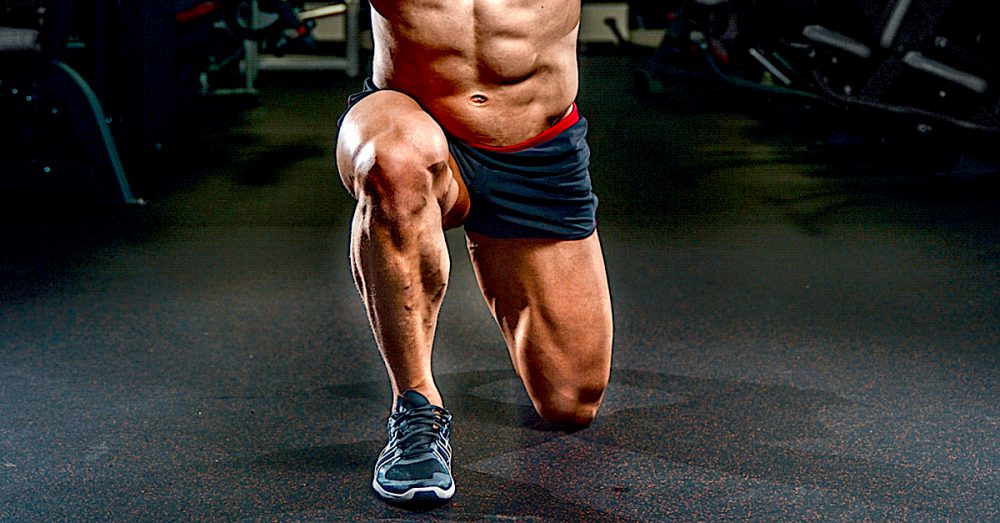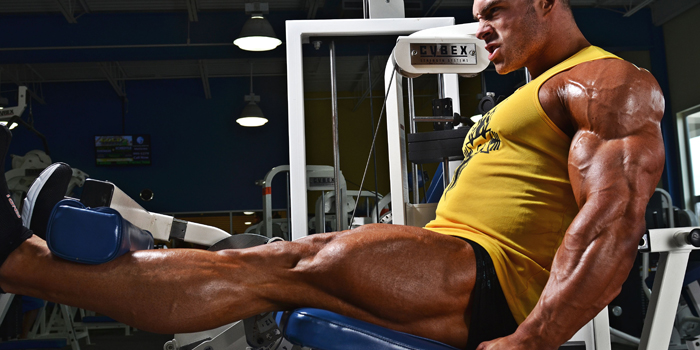Unilateral Leg Training for Symmetry and Strength
If your squat is stalling, your balance is off, or one leg looks smaller than the other — you don’t need more volume.
You need unilateral leg training.
Single-leg exercises don’t just add variety. They improve coordination, prevent injury, and build symmetry and strength that bilateral lifts alone can’t touch.
This article covers why unilateral leg work matters, the best exercises to use, and how to program it for lifters focused on size, balance, and bulletproof performance.
Why Train Legs One Side at a Time?
Benefits of Unilateral Leg Training:
- Fixes muscle imbalances between sides
- Reduces joint stress by lowering overall load
- Improves core and hip stability
- Boosts performance in squats, deadlifts, and athletics
- Builds coordination and control through longer range of motion
Best Unilateral Leg Exercises for Size and Strength
Bulgarian Split Squat
- Huge quad and glute stimulus
- Emphasizes control and stretch
Programming:
- 3–4 sets of 8–12 per leg
- Optional: Use dumbbells or barbell for load
Step-Ups (Knee-High or Higher)
- Targets glutes and quads
- Emphasizes full leg drive and balance
Programming:
- 3 sets x 10/leg
- Slow eccentric = more time under tension
Single-Leg Romanian Deadlift (RDL)
- Hamstrings, glutes, and balance in one
- Also hits core and hip stabilizers
Programming:
- 3 sets x 8–10 per leg
- Use light-moderate dumbbells or kettlebells
Split-Stance Squat (Static Lunge)
- Controlled alternative to walking lunges
- Great for beginners or high-volume work
Programming:
- 3 sets x 12/leg
Single-Leg Glute Bridge / Hip Thrust
- High glute activation with low joint stress
Programming:
- 3 sets x 15–20 reps per side
- Great for supersets or finishers
How to Program Unilateral Work
Weekly Frequency:
- 1–2x/week is enough for hypertrophy
- Include at least 2–3 unilateral movements per week
Where to Place in Workout:
| Placement | Why |
| After main lifts | High output, safe movement |
| First (optional) | Pre-exhaust one leg |
| In supersets | Time-efficient & intense |
Balancing Sides: Key Strategy
- Start every set with your weaker leg
- Match reps and effort side-to-side
- Track progress per leg (video helps)
- Add pauses or extra reps to the lagging side
Sample Unilateral Training Routines
Quad Focused Day
- Bulgarian Split Squat – 4 x 10/leg
- Step-Up (weighted) – 3 x 8/leg
- Wall Sit (unilateral) – 3 x 30 sec/leg
Posterior Chain Day
- Single-Leg RDL – 4 x 8
- Single-Leg Glute Bridge – 3 x 20
- Standing Cable Curl (single leg) – 3 x 12/leg
Common Mistakes
- Skipping rest between legs — fatigue = imbalance
- Rushing reps without control
- Prioritizing weight over stability
- Neglecting progression (load, volume, tempo)
Final Word: Build Legs That Look Right and Work Right
Unilateral leg training isn’t a warm-up or a filler. It’s a direct line to better symmetry, greater strength, and smarter, safer training.
Don’t ignore your weak side. Build it with intent.
Because balanced legs = better performance, better posture, and a more complete physique.
🔗 Related Articles:
- The Best Leg Day Workout for Mass
- Best Hamstring Isolation Exercises
- Leg Training Mistakes Most Lifters Make
- Leg Workouts at Home with Minimal Equipment
- Quads vs Glutes: Which One Are You Really Training?



